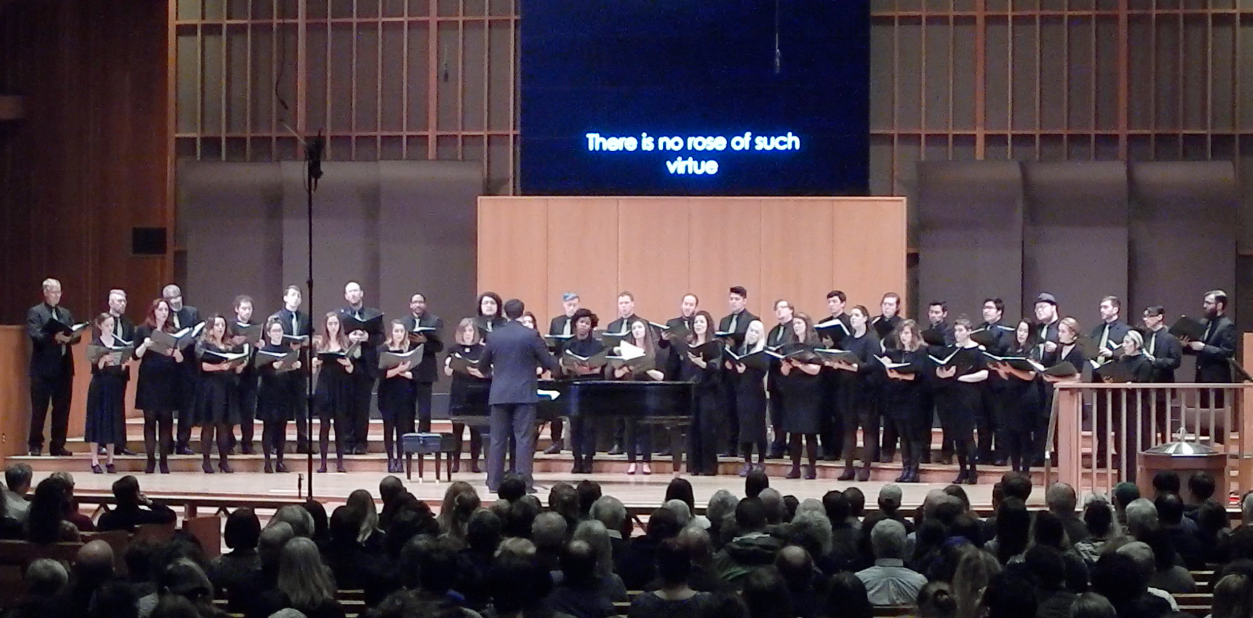The future of Portland’s economy was the topic of discussion at a recent panel and Q&A event hosted by the Portland State University Alumni Association.
Subjects of the conversation ranged from the housing and job markets to the demographics of Portland’s immigrants.
Dennis Yee—a metro economist and one-third of the event’s panel—gave a presentation on changes that Portlanders can expect to see in the housing market over the next 20 years. One of his focuses was the potential decline of single-family housing, even in the face of high demand for it.
“Since 1995…we’ve had development trends of 60 percent single family,” Yee said. “We just finished a residential preference study…eight-tenths of the survey respondents said they preferred single family. When you looked at that zoning map, it said 30 percent. In the forecast scenario that I’m giving to the metro council, in order to fit everybody going forward and looking at how much income future residents are likely to have, our best guess is 40 percent.”
One of the major driving forces behind this decline was the inability of future Portlanders to afford large, single family homes as opposed to apartments and other cheaper forms of housing, according to Yee.
“If you look at the long term…the [housing] trends head upwards. So affordability is going to be an issue…I’m going to see if I can stitch that together and make the hypothesis that the demise of the single-family home builder—it may not be near, but if trends don’t turn around, it will happen.”
Jason Jurjevich, assistant director of PSU’s Population Research Center, focused mainly on migration into the Portland metro area. Migration is responsible for roughly two-thirds of the region’s population change, according to Jurjevich.
“It’s really dynamic in the way that it can change our communities and that’s one of the things that intrigued me about migration,” Jurjevich said.
In his presentation, he addressed the idea that Portland is a retirement community for the young. Jurjevich framed his answer, in terms of Portland’s job growth, relative to 50 other large cities throughout the U.S. in relation to the city’s influx of young, college-educated immigrants.
“We’ve actually had less than average job growth than our 50 metro peers, yet we’re continuing to attract these [25–39-year-olds with bachelor’s degrees] at very, very strong numbers,” Jurjevich said.
Young adults with degrees are not the only ones being drawn to Portland, according to Jurjevich.
“We also have evidence—and the reports speak to it—we’re increasingly a destination for empty-nesters and retirement migrants, which is something that you traditionally don’t see in metro areas as large as ours,” Jurjevich said.
In his address to attendees, Christian Kaylor, a workforce analyst and economist for the state of Oregon, discussed Portland’s job market as the city emerges from the Great Recession. Washington County is at the forefront of Oregon’s economic growth, owing largely to its tech industry, according to Kaylor.
“The strongest, fastest-growing county in the state of Oregon, out of all 36 counties, is the second largest county in the state is Washington county to the west,” Kaylor said. “That’s the silicon forest. They’ve done very well in [their] economy’s recovery [with] 11 percent job growth.”
While not quite as high as Washington County in terms of growth, Multnomah county is also showing significant expansion. Together, the two regions are forming an unprecedented center of urban industry.
“Multnomah and Washington county here in the Portland area are moving twice as fast as the rest of the State of Oregon,” Kaylor said. “The economic engine of this recovery—for the first time in your lifetime—is an urban area.”
In an interview after the event, Kaylor discussed the impact of college education on an individual’s ability to find employment with high wages. The analysis of average income in relation to different college majors has not historically been a significant focus of study, according to Kaylor.
“Only in the last few years, there’s been much more studies on college majors specifically and some surprising things have popped up,” Kaylor said. “One is [that] there is a wide range of incomes dependent upon college major, so you do see a wide range of wages by college major.”
Despite this discrepancy in pay, Kaylor said that even students pursuing low-paying majors often attain significantly higher wages than their peers with only a high school education.
“One of the surprising things is that even the lowest wage college majors—theater arts, gender studies, I’ve seen the list—a person with a college degree in those fields still makes noticeably more than a person with only a high school diploma or GED,” Kaylor said. “Any college degree in any major is almost certainly superior to not having a college degree.”





